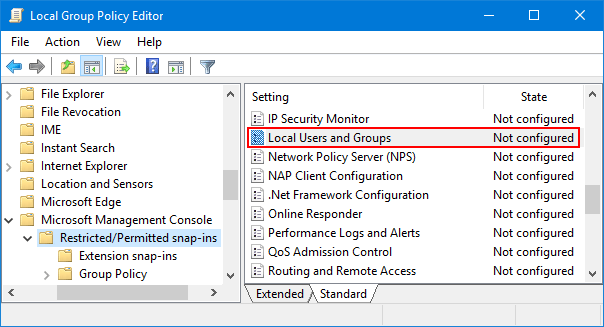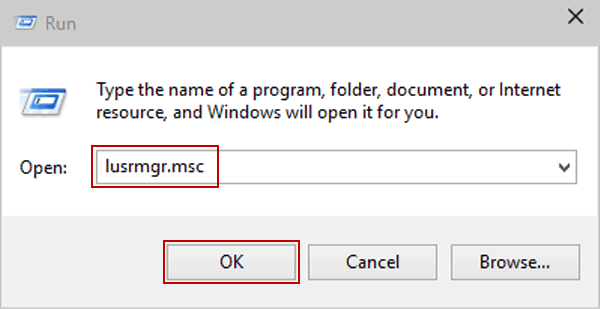

Overall, lusrmgr.exe is a nifty portable tool that fills in the gap of user management for home users without getting into a lot of complexities. This will show a list of users in the group. To verify if the user has been added to the group, I’ll run the following commands: net localgroup "hyper-v administrators" Once you have made the changes in the user or group rights, you can easily verify if the new changes are in effect using the command-line.įor example, I added the user itechtics in Hyper-V administrators group using lusrmgr executable discussed above. Establish a connection with a remote computer using lusrmgr Please note that remote computers are required to allow remote connections otherwise this utility will not be able to connect successfully. To do this, go to Database –> Connect to computer or simply press Ctrl + C shortcut key. One interesting feature of lusrmgr is that it can also connect to remote computers for managing their local users and groups. You can also add or remove a user from a specific group.

You can also configure the logon times of the user, account expiration and also define a logon script path and the home folder. Password settings include changing or resetting Windows passwords, restricting password changes and password changes at the next logon, and storing passwords using reversible encryption and logins without passwords. In this article, we will discuss how to enable lusrmgr in Windows 10 Home and also how to manage users from the command-line. Lusrmgr is always easier to use and historically, administrators have used the console for user management. The problem with the user accounts tool from the control panel is that it does not give a lot of options regarding user rights control. This snapin may not be used with this edition of Windows To manage user accounts for this computer, use the User Accounts tool in the Control Panel. This snapin may not be used with this edition of Windows 10. You can open local users and group management console by going to Run –> lusrmgr.msc.īut when you run this command in Windows 10 Home edition, you will get the following message: For example, the default roles include administrator, power user, standard user, guests, etc. The basic purpose of local user management is to assign rights to different users and groups on a computer. It is a universal console and has been used in all versions of Windows since Windows 2000 including Windows XP, Windows Vista, Windows 7, Windows 8 and now Windows 10.

Local user and group management (lusrmgr.msc) is a console for managing local users and groups in Windows.


 0 kommentar(er)
0 kommentar(er)
